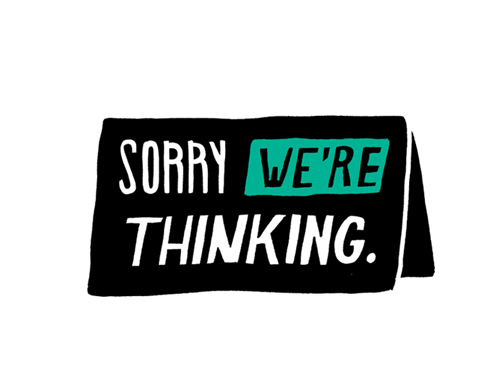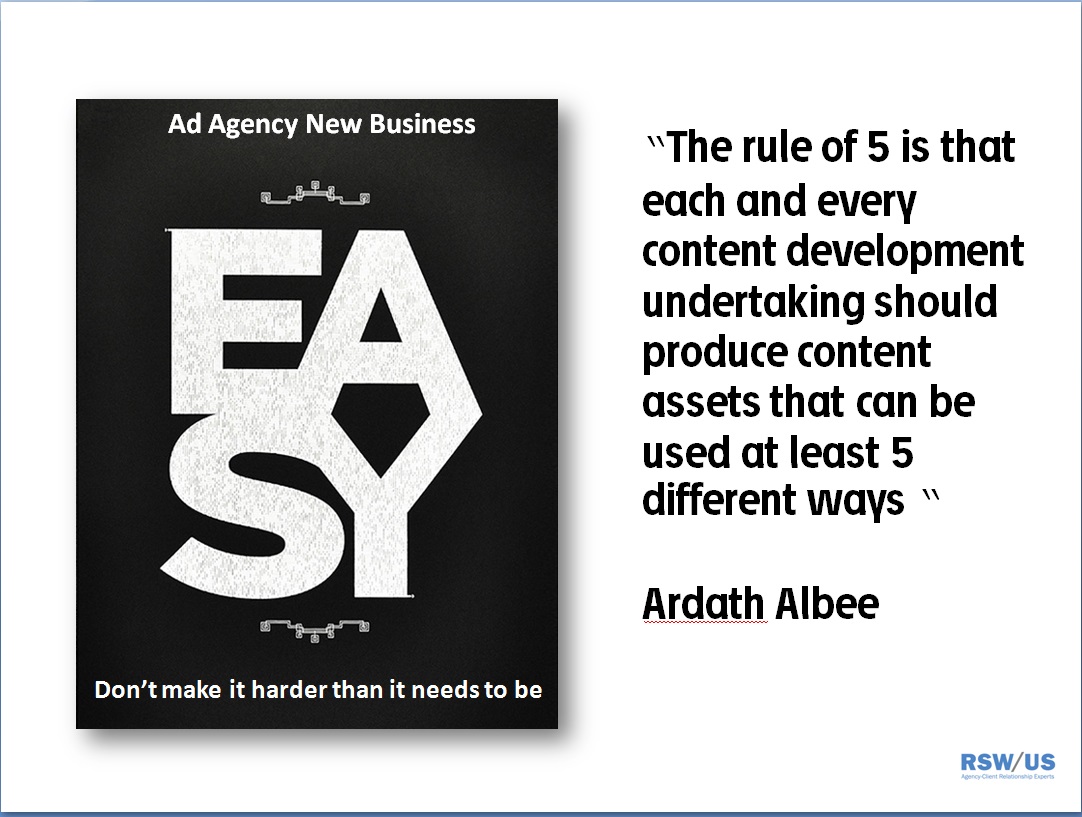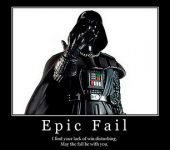Check the Boxes-More Ad Agency First Meeting Advice

In our latest survey on First Meetings and Closing Effectiveness (download survey) there is a great divide that is unearthed between what Agencies say they are giving Marketers during first meetings and what Marketers say they are getting.
At the end of the day, at the end of the meeting, you want your Marketing prospect to be able to “check all the boxes” — meaning you want them to say, “yes, they do have the expertise…yes, they have dealt with similar issues…yes, they are nice and friendly people…yes, I believe that they have good ideas and are strategic in their approach”.
While it’s important that they walk away with all (or most) of the boxes checked, it’s also important that you don’t hand them the checklist. What you don’t want to do is come right out and talk about all of these things. Use the questions that you ask about their business, and the conversation you have with the prospect to subtly introduce these elements, so that during the course of the conversation the prospect can mentally “check the boxes” and walk away feeling great about you and your agency. You want them to say: “Boy, these guys ask great questions and really seem to get it. I like them!”
Here’s some advice I recently gave to one of our clients about how to best prepare for face-to-face meetings.
After the meeting’s been set, send the Marketer an email with a proposed pre-meeting agenda outlining what you want to cover. This will help accomplish a few things:
1) Keeps awareness of you and your agency high leading up to the meeting;
2) Lets the prospect know your organized and serious;
3) Establishes expectations and will make it easier to start the meeting.
In the case of this client, here’s what we suggested he use as an agenda:
1. Review questions I’ve prepared about your company/market based on my study/experience;
2. Review of Agency’s initial strategic thinking based on preliminary study of business;*
* This “initial strategic thinking” document can be a one-pager leave behind that outlines initial thinking/ideas about their business. It doesn’t have to be fully fleshed out, but it would be helpful and differentiating to lay out some thinking (more strategic) based on your initial study. Everybody’s coming in talking about themselves…good to differentiate yourself by showing that you’ve taken the time to think about their business. Best to state that you realize you don’t know everything about their business, so these are very preliminary, but “just wanted to share some initial thinking”.
This could be a great piece to leave with the prospect so as they start talking to others in their firm about you, they are armed with your information.
3. Overview of Agency facts & figures (size, # employees, location, start date, etc.);
4. Review of Agency work (if necessary).
Separately, I would suggest you also create a one-pager that outlines the things that client has and that which agency has done (on a broader/macro level). This is the “check the box” one-pager. As an example, Client is a level 1 trauma hospital. Agency has worked with Children’s, which is a level 1. Client has 4 long term care facilities that it owns. Agency has experience working with long term care facilities. Again, this could be a great leave behind that the Marketer can use to share with others in his/her firm.
—-
So bottom line is listen and ask questions…and think “check the box” in a subtle, non-threatening way.














